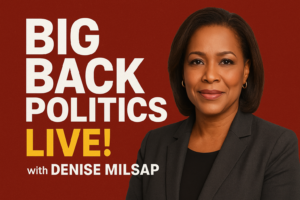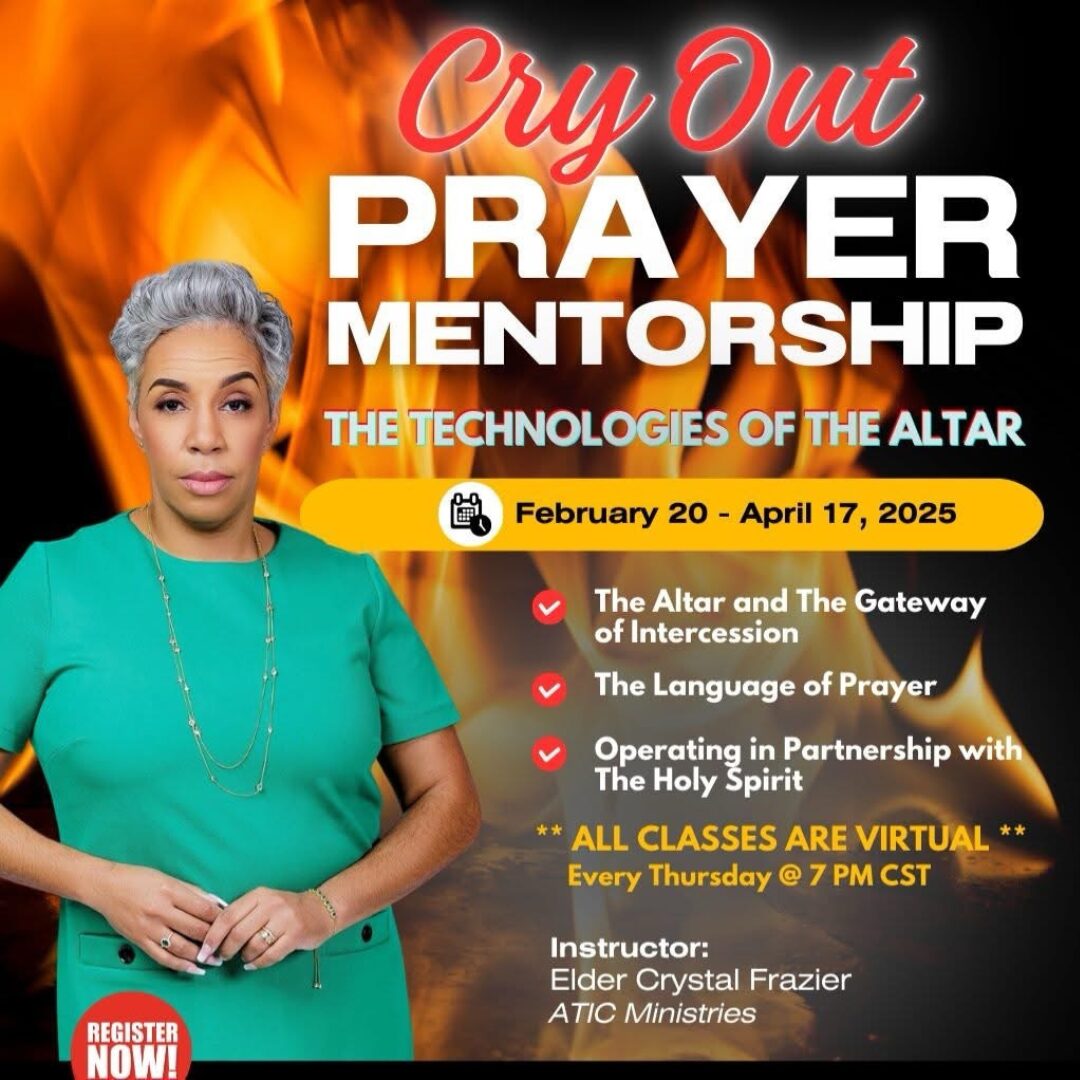Key Takeaways:
- Lead roles for minority actors in film and TV have increased to 28%.
- Diverse voices on and off-screen contribute to more authentic storytelling.
- This shift is positively reshaping the cultural environment.
The Evolution of On-Screen Diversity
Did you know that lead roles for minority actors in film and TV have jumped to 28% recently? That's a big step towards breaking stereotypes and telling new stories.
With more diverse voices on screen and behind the scenes, we're starting to see richer, more authentic tales. This change is reshaping the cultural environment, and there's so much more to explore on how this shift can impact our communities positively.
Current Trends in Minority Casting
Alright, friends and families, let's talk about what's happening now in Hollywood with minority casting. Exciting times are ahead as diverse narratives are making waves, reflecting an encouraging shift towards better representation.
These days, about 24% of TV show characters belong to minority groups, up from 21% in 2019. Lead actors from these communities have increased to 28% in TV, showing a steady rise from 25% before. According to a recent UCLA Hollywood Diversity Report, 22% of lead actors in theatrical films are people of color, highlighting notable progress in the industry.
This progress isn't just about numbers—it's about audience engagement, too. Films with diverse casts, like "Creed III," are breaking records at the box office. Such stories not only captivate audiences but also challenge stereotypes by offering richer, authentic depictions of diverse experiences.
Behind-the-Camera Representation
Let's shine a light on the magic happening behind the scenes in film and TV. Female directors are making waves, even if the numbers still favor men. Women accounted for just 16% of directors in top films during the previous year, but when they lead, they hire more women in key roles like writers and editors.
Streaming services are changing the game, bringing more female directors and tackling gender stereotypes, with nearly half of producer roles in TV filled by women.
You'll notice streaming platforms boosting gender representation, creating spaces for diverse storytelling. Women excel in production and executive roles, yet face barriers in technical fields.
Keep pushing for change and supporting female directors because each step forward breaks down stereotypes and builds a better world.
Challenges and Barriers in Achieving Diversity
As you explore the world of film and TV, you'll find systemic bias creating invisible walls that block diversity. Homogeneous narratives persist, driven by assumptions about what audiences want.
This systemic bias doesn't just affect the stories we watch; it seeps into recruitment practices too, influencing who gets the opportunity to shape these narratives. Aspiring filmmakers often hit barriers, struggling with limited educational access and networking opportunities.
Financial constraints also play a role, as films with diverse casts frequently receive smaller budgets, limiting their potential. Despite studies showing diverse films resonate more with audiences, industry conservatism and financial motivations slow change.
You can see how these challenges impact the industry, limiting the vibrant tapestry of stories waiting to be explored.
Strategies for Enhanced Representation
Breaking down barriers in film and TV isn't just about recognizing challenges; it's about championing change through powerful strategies for enhanced representation. By engaging in inclusive storytelling, you can uplift diverse voices. Initiatives like film festivals and diversity-focused grants give a platform to those often left unheard, sparking new narratives. Guarantee diverse representation behind the camera to create authentic stories that resonate with various communities. Media literacy combats stereotypes, enriching how you see the world. Studios are pivotal, greenlighting projects that prioritize representation.
Inclusive storytelling not only embraces diversity but also meticulously incorporates the rich history of cultures, fostering an environment where everyone's stories can come to life.
Amplifying Latin-X Voices is also crucial in the arts, helping to bridge cultural disconnects and celebrate diverse perspectives.
Inclusive Storytelling | Diverse Voices
—————————|———————
Share unique narratives. | Celebrate all communities.
Support new filmmakers. | Welcome authentic stories.
Educate industry pros. | Address unconscious bias.
Consult experts for real representation. | Cultivate empathy.
Prioritizing these strategies helps everyone see themselves on screen.
Conclusion
Celebrating Progress and Pushing for More
Have you noticed the shifts in film and TV lately? When minority actors and creators step into the spotlight, the screen doesn't just change—it transforms into a canvas of authentic stories. As part of a community that thrives on diverse voices and rich narratives, you play a crucial role. By demanding more representation, you're not just watching stories unfold; you're helping to build empathy and understanding through storytelling. Isn't it exciting to see this change? Let's celebrate this progress and keep the momentum going. Together, we can continue to shape a vibrant, inclusive future.














